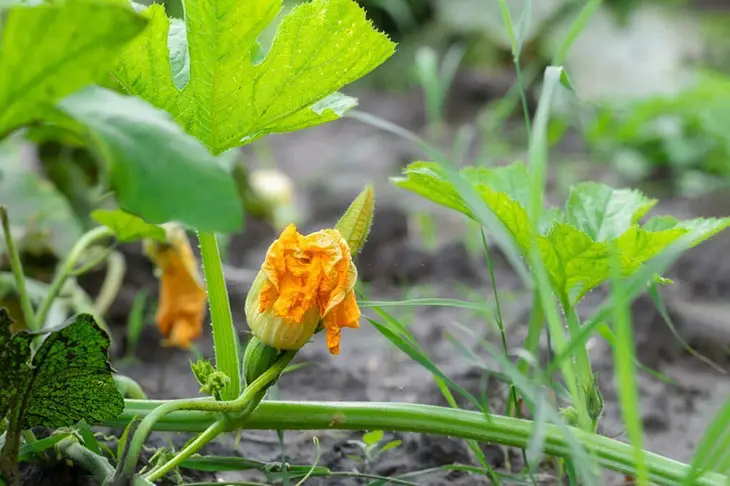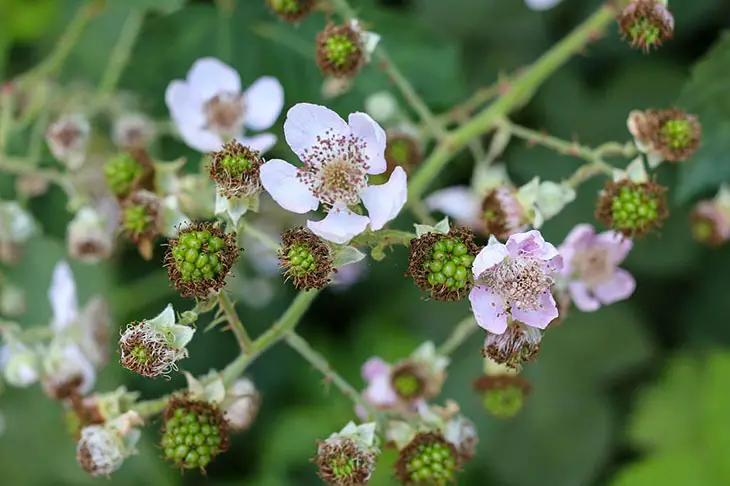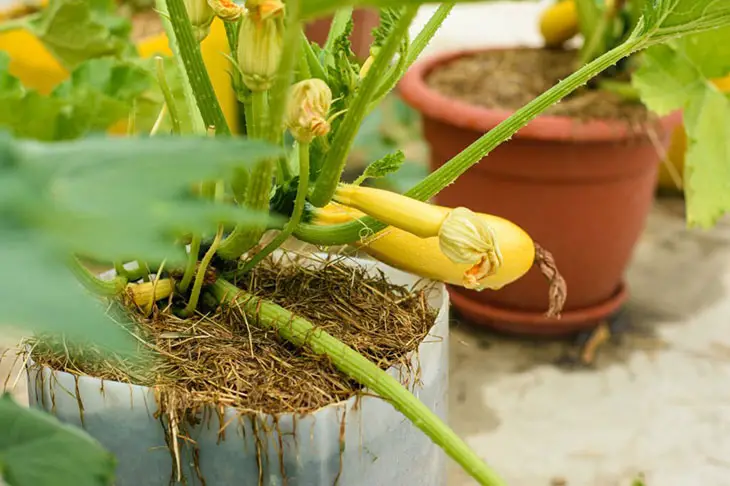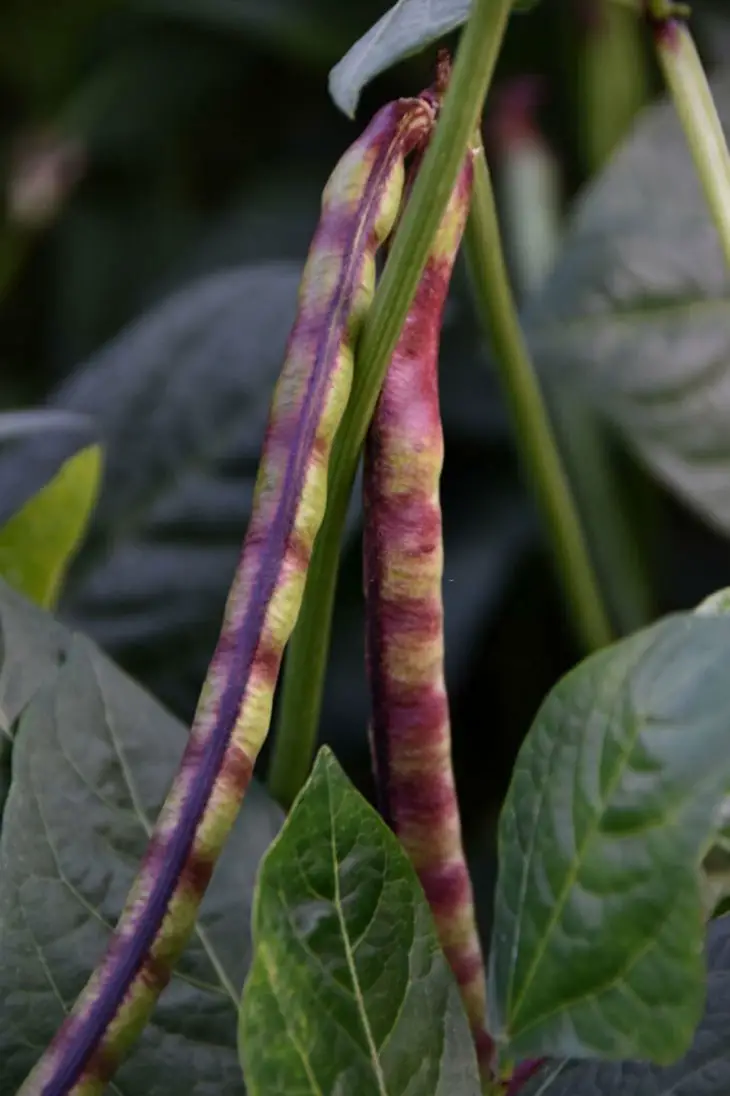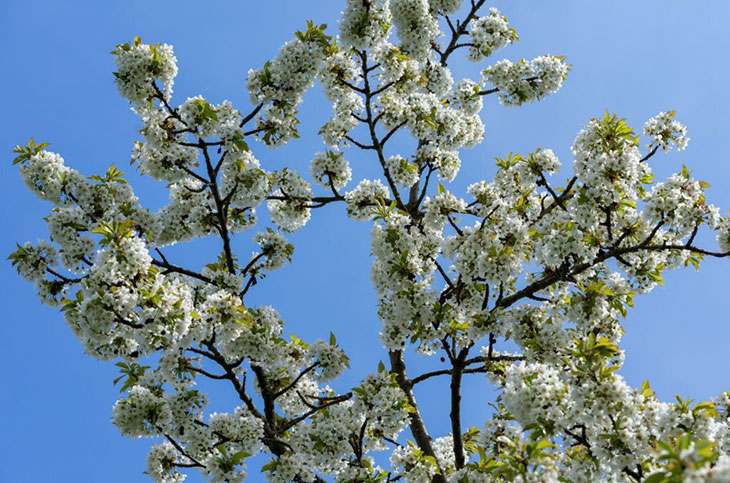
Plum trees, with their delicate white blossoms, are a breathtaking sight to behold. These trees are known for their stunning, vibrant blooms that are a symbol of spring.
In this article, I’ll explore the types of plum tree white flowers, the time they bloom, common diseases, and how to care for them.
What Is Plum Tree?
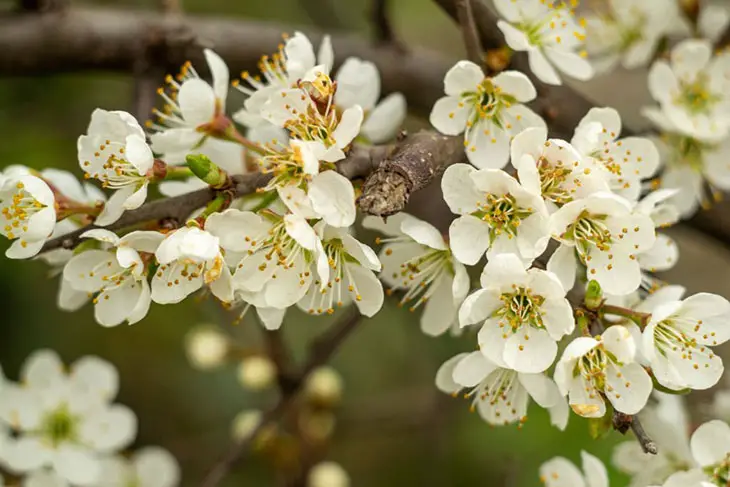
Plum trees, known as Prunus Domestica, are deciduous trees widely cultivated for their delicious and juicy fruit.
This plant originated in the Bronze Age and has been cultivated for thousands of years. These trees can grow up to 10-20 feet tall and have a rounded or spreading canopy with dark green leaves.
They typically produce an abundance of pink or white plum tree flowers, followed by the fruit. Plum fruit can vary in size, color, and flavor depending on the popular variety, but they are sweet and tangy.
Types Of Flowering Plum Trees?
- Plum tree with white flowers: White flowering plum trees can come in various cultivars and species, such as the Pigeon, Chickasaw, Flatwoods, and Myrobalan Plum. While Chickasaw and Flatwoods are 12-20 feet tall, the others can grow up to 30 feet in height.
- Plum trees with pink flowers: These trees include Thundercloud Purple, Prunus Cerasifera, Prunus Mume, Blireana, Pissard, and Krauter Vesuvius. Their blossoms range in color from pale pink to deep pink. Prunus Mume is 5-10 feet tall, while the others are 15-25 feet tall.
What Are Plum Tree White Flowers?
- Plum tree white flowers usually blossom that range from pure white to creamy white.
- These flowers are usually large and showy. They are typically single or double and may have a rounded appearance. They often grow in clusters along the branches in spring.
- Most trees produce five-petal flowers arranged in a star shape. Other double-white plum blossoms have more petals (10 or 20), giving the flowers a fuller appearance.
- A white flowering plum tree has attractive foliage ranging from green to purple. The leaves are usually small to medium-sized and may be oval or lance-shaped.
- The white blooms have a pleasant, sweet fragrant scent that can fill the air around the tree.
When Does a Plum Tree Bloom?
Plum flowers usually bloom in early spring before the leaves emerge. The exact timing of blooming can vary depending on the cultivar and the location, but it usually occurs between late January to March.
In some other areas, plum blossoms may bloom earlier, around December. However, February is when the plum blossoms shine the most.
These trees require a certain amount of cold weather in the winter to bloom properly, so they are best suited for mild or temperate climates.
What Affects Plum Tree Blooming?
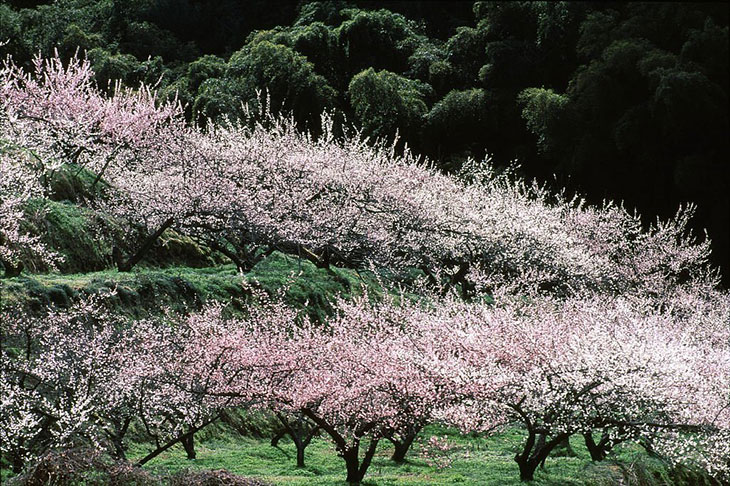
Temperature
Plum trees require a certain amount of cold weather to bloom properly. They need a period of dormancy during the late winter, during which they can accumulate the necessary chilling hours.
The number of hours required for blooming can vary depending on the cultivar. Generally, they need between 500 and 1000 hours of chilling.
It may not bloom properly if the winter is too warm or the tree does not receive enough chilling hours.
Watering
Like any other plant, a blooming plum tree needs regular watering, especially during the growing season. If the tree does not receive enough water, it may wilt, become infected, and die.
In case the tree is old, you don’t need to water it as often, but it needs to be watered a lot each time.
However, overwatering can also be a problem, as it can lead to root rot and other issues that can impact the tree’s health.
Sunlight
Most trees need full sunlight to totally bloom. When the tree is planted in a shady area or is blocked by other trees or structures, it will probably be stunted, and the fragrant flowers won’t be vibrant as usual.
Thus, you need to plant the tree where it will receive at least six hours of direct sunlight per day.
Fertilizing
Proper fertilization can help to ensure that a plum tree blooms properly. Plum trees require nitrogen, phosphorus, potassium, and other micronutrients.
You can add organic fertilizer, but avoid over-fertilizing as it can make the plant not bloom or die.
Pruning
Pruning should be done in winter or summer before the tree begins to bloom. It can help encourage the growth of new branches and buds, leading to more blooms.
Make sure to remove any dead, damaged, crossing, or diseased branches. You should also get rid of branches that are growing too close together.
Common Diseases And Pests
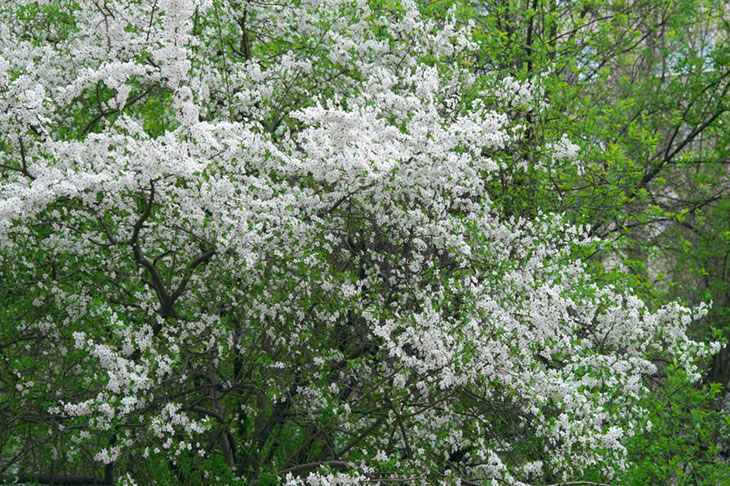
Bacterial Diseases
The most common disease is bacterial canker, caused by the bacteria Pseudomonas Syringae, and can cause sunken lesions on the tree’s trunk, branches, and twigs.
The cankers can eventually girdle the tree and cause it to die. You can prune the trees during wet weather, removing infected branches to deal with this problem.
Fungal Disease
Fungal diseases like black knot, brown rot, blossom blight, and leaf spot can cause wilting, discoloration, and spotting on leaves and fruit, as well as cankers and lesions on branches.
There is no cure for this disease. You need to keep the tree healthy by providing it with proper care, such as adequate watering, fertilization, and pruning.
Pests
Pests such as aphids, mites, plum curculio, and Japanese beetles can damage leaves, beautiful flowers, and fruit production. They can also impact the health of the tree.
Symptoms of pest infestations include stunted growth, distorted leaves, and holes in the edible fruits.
In addition to properly taking care of it, you have to monitor the signs of pests and take appropriate measures, such as applying insecticides or using biological control methods, to control the disease.
How To Take Care Of Plum Trees?
- Provide regular and consistent watering to the tree, especially during dry periods, to ensure the soil remains moist but not soggy.
- Apply fertilizer in early spring and mid-summer to provide essential nutrients to the tree.
- Regularly prune the tree to remove dead or diseased branches. You can also thin out the tree’s center to improve air circulation and light penetration.
- Monitor the tree’s health regularly to solve pest and disease problems promptly.
FAQs
Are Plum Trees In Bloom Every Year?
No. Plum trees may take several years to mature and produce a full fruit crop.
It’s common for flowering plum trees to take three to six years to reach full maturity and produce a significant fruit harvest.
During this time, it’s important to continue providing proper care and maintenance to help the tree establish a strong root system and healthy growth.
Once the tree matures, it should continue producing a bloom and fruit yearly.
What Is The Lifespan Of Flowering Plum Trees?
The lifespan of a flowering plum tree is 10 to 25 years. However, it also depends on its growing environment.
Trees planted in favorable conditions, such as well-draining soil, full sun, and protection from extreme weather, are more likely to live longer than trees grown in poor conditions.
Conclusion
In conclusion, plum tree white flowers are a beautiful and versatile addition to any landscape or garden.
The timing of the plum tree’s bloom can vary depending on factors such as climate, location, and the specific variety of the tree.
Understanding these factors can help gardeners plan for the best time to enjoy the tree’s stunning display of blooms.
Moreover, plum trees can be susceptible to various diseases and pests. By following our guidelines, you can help your trees thrive and continue to bring joy and beauty year after year.
